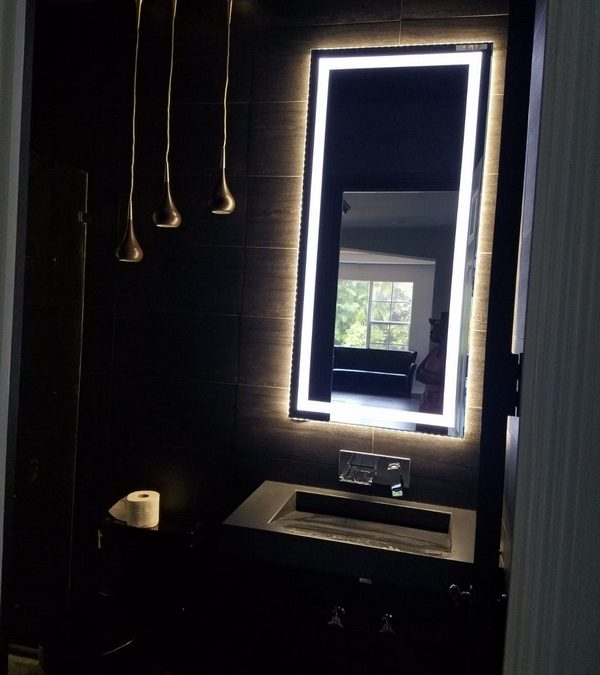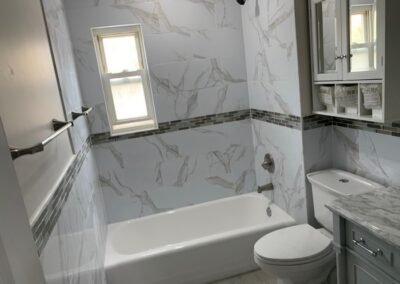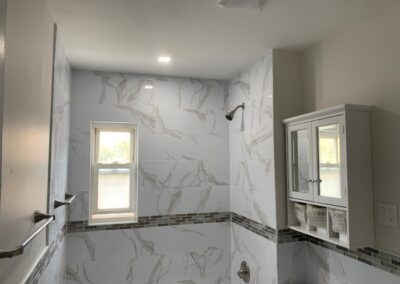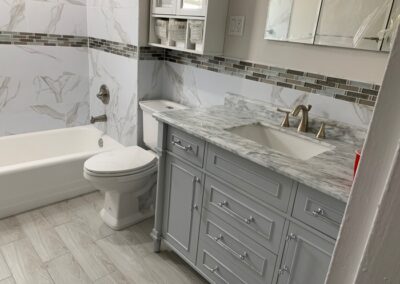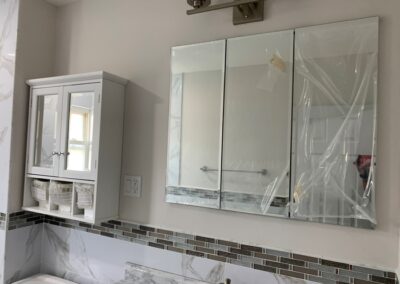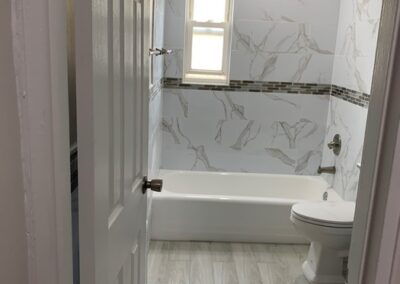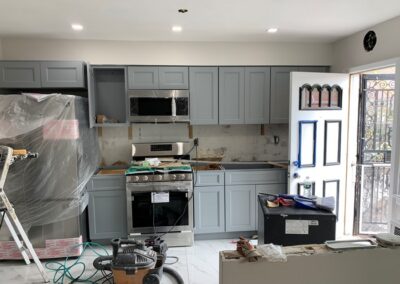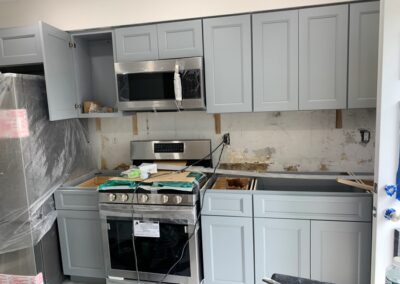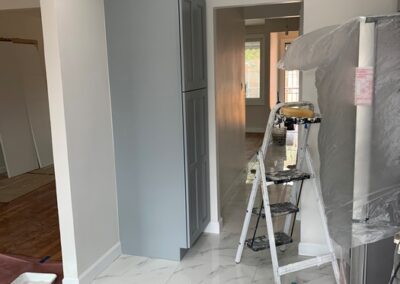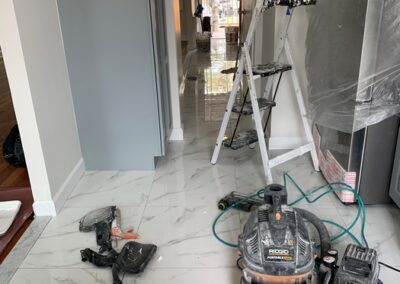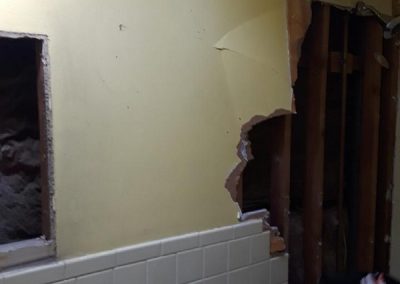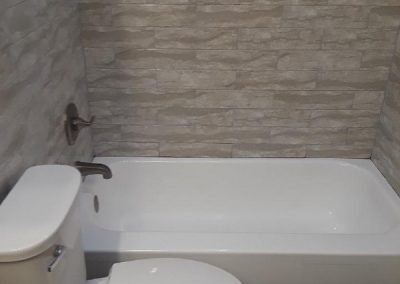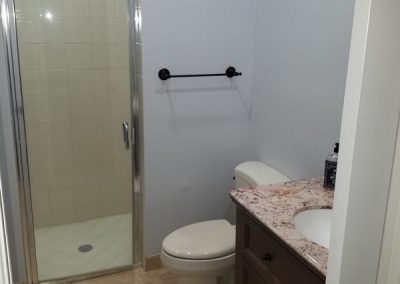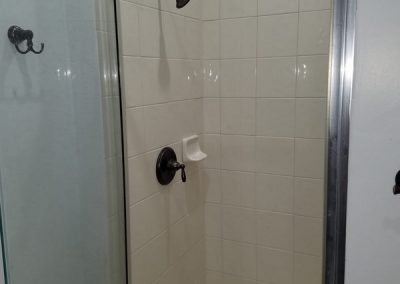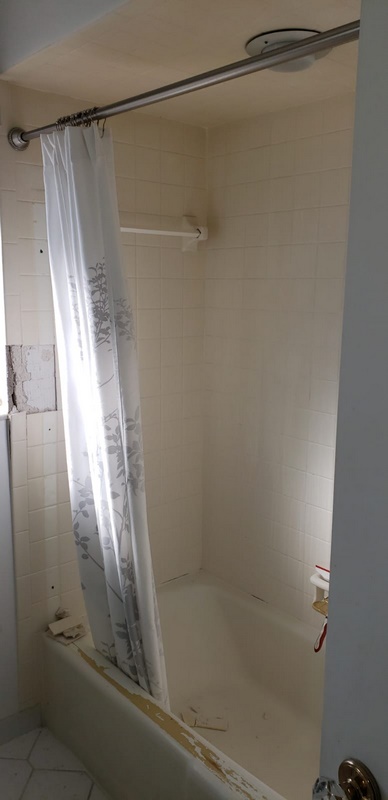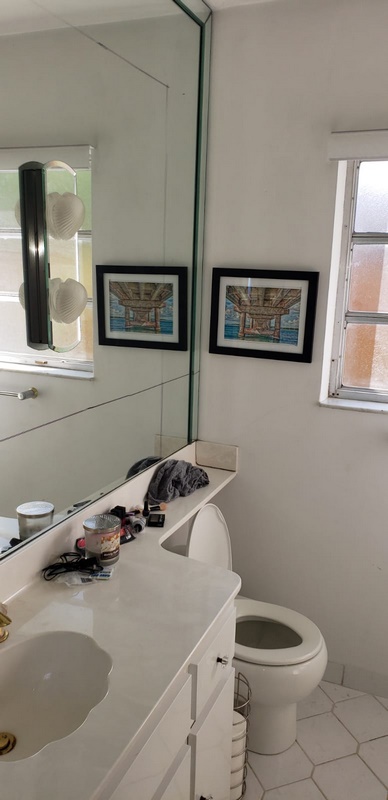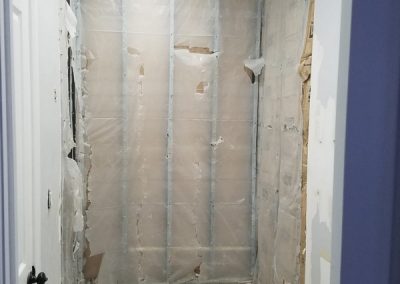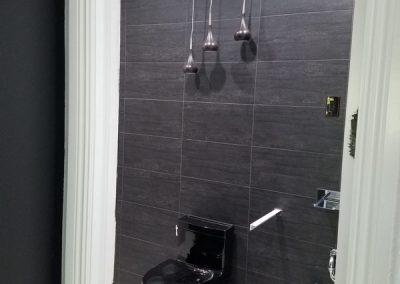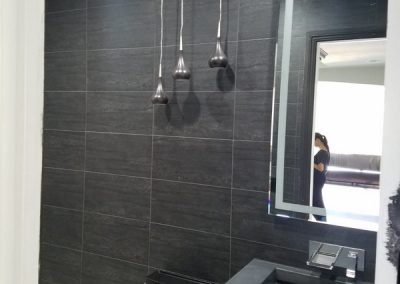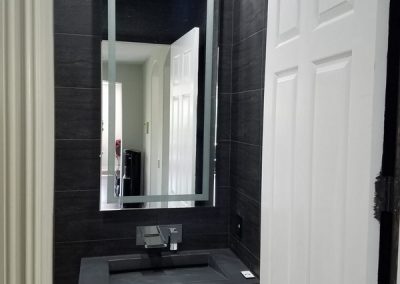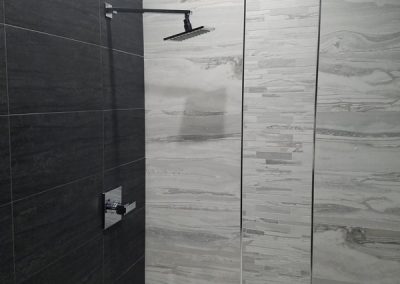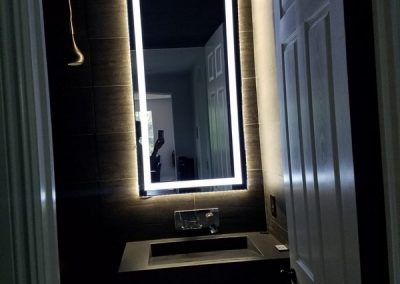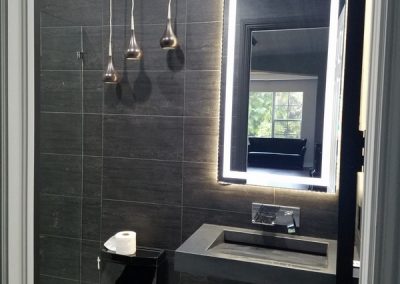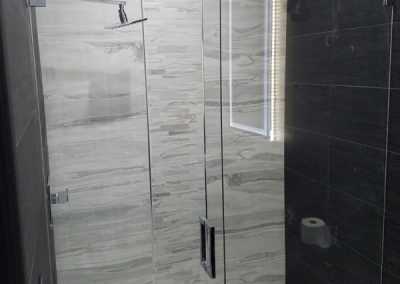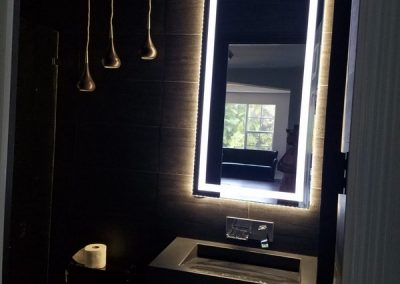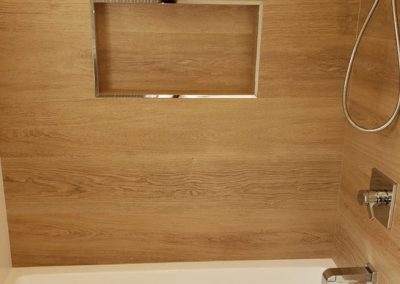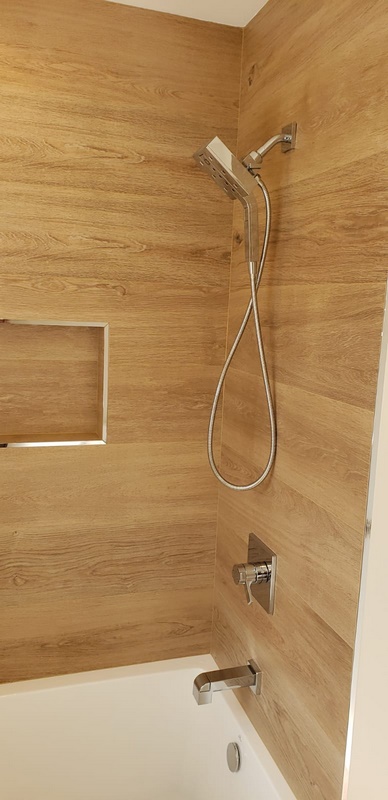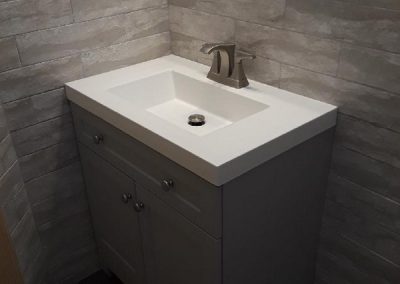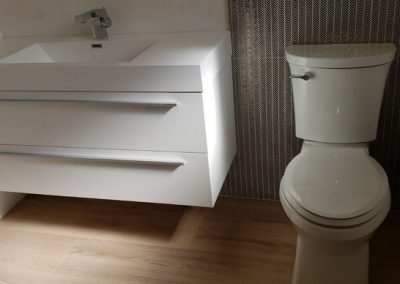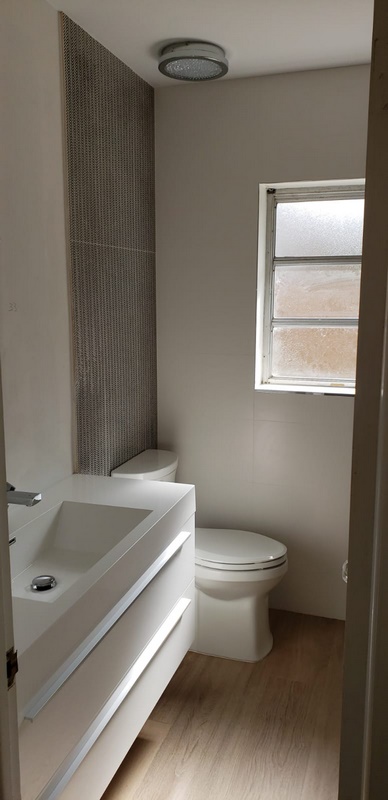A bathroom is often one of the smallest rooms in a home, yet one of the most complex when it comes time to remodel. From plumbing to wiring to ventilation to lighting to the right choice of materials and fixtures, there’s no question that successful projects require thoughtful planning, skilled design and working with an experienced contractor.
Demolition
Demolition usually occurs quickly. Old fixtures are removed. Surface material on walls, ceilings and floors is removed to reveal the support beams, studs, wiring and plumbing. If there are unanticipated problems, this is when they will be revealed.
Installation of mechanicals
Mechanicals
New framing will be erected and electrical wiring, receptacles, outlets, lighting, ventilation and plumbing are installed. Mechanicals take time. This phase of the project may take several weeks.
Drywall
Drywall is installed after plumbing and wiring pass inspection. Special water-resistant board, Duroc or a Schluter membrane system, is installed as a substrate for shower tile.
Moldings, trims and ceilings
Once the drywall is up, carpentry takes over. The Lead Carpenter will select a site where wood can be cut for trim work.
Installation of cabinets, fixtures, lighting and tile. Cabinets are installed before countertops. In a bathroom, the shower stall, sink(s), toilet and tub installation are coordinated with the tile installers. Tile is installed in conjunction with the installation of fixtures, depending on the type. Tile installation must be done in stages and can take several days.
Countertop installation
Counters are the last phase of the project.

